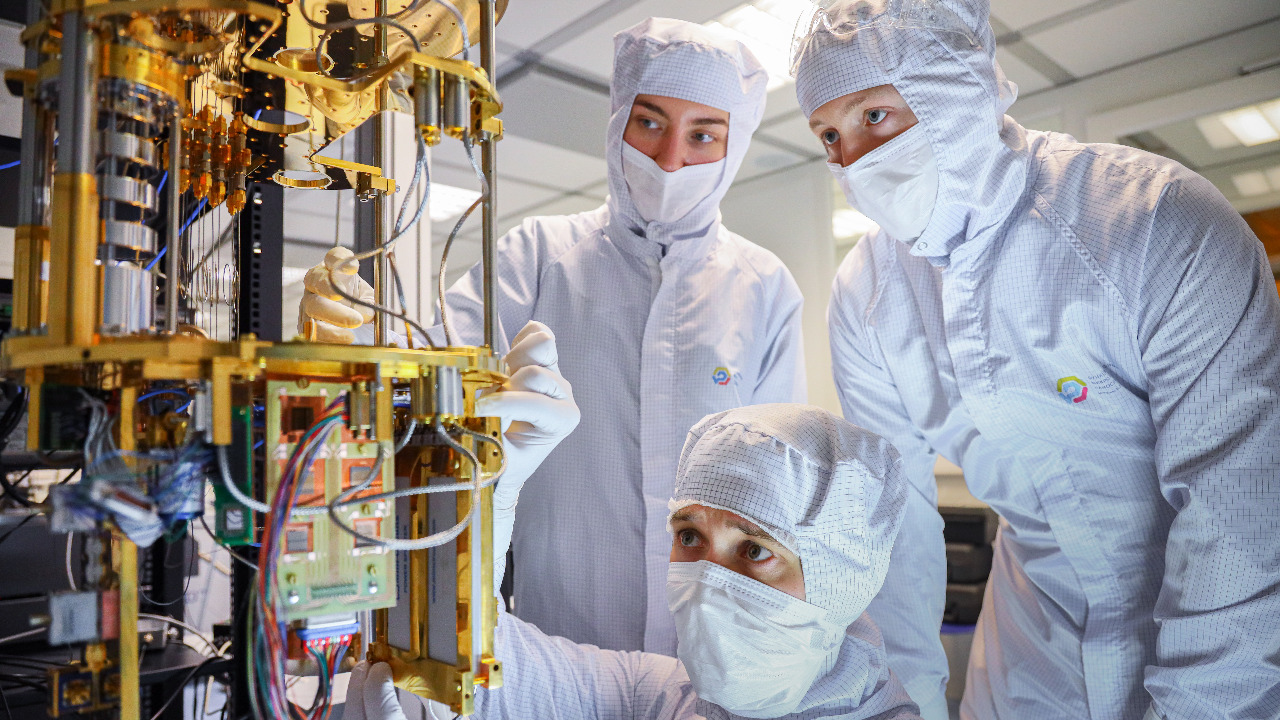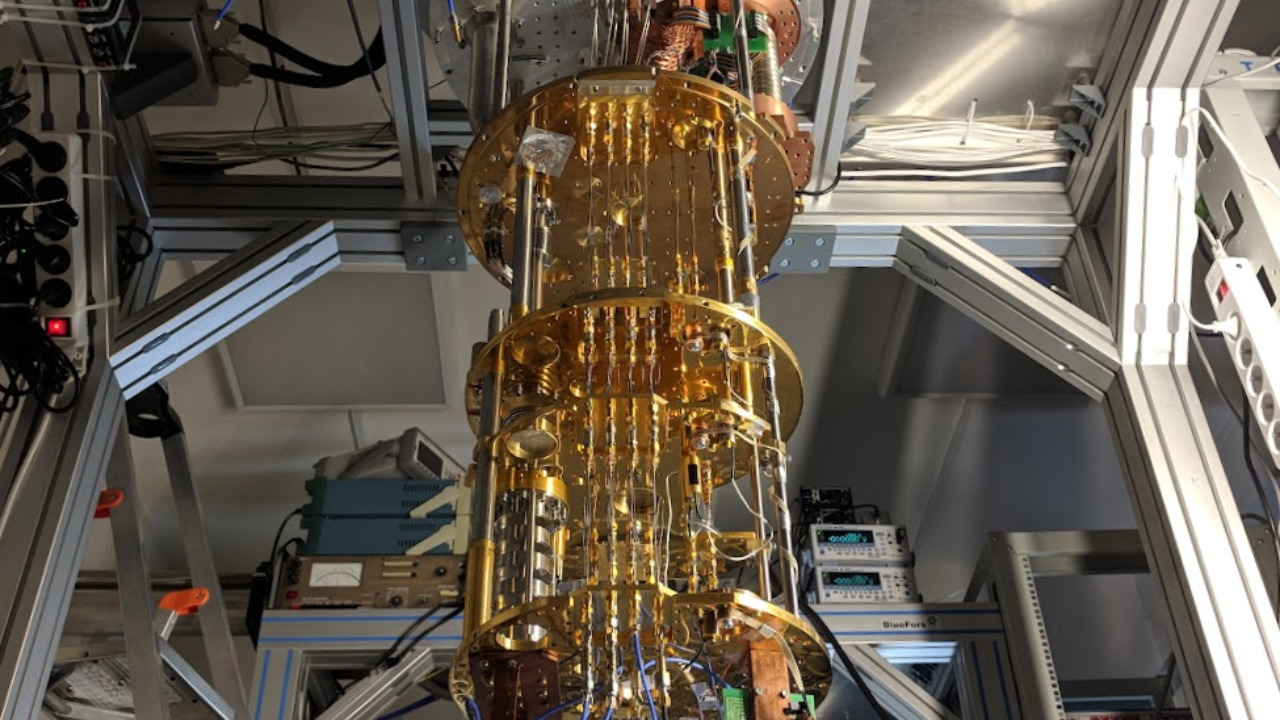
Scientists have recently unveiled a groundbreaking quantum bit, or qubit, design that promises to revolutionize quantum computing. This new development could significantly enhance the stability and performance of quantum computers, marking a substantial leap forward in the field. By leveraging advanced materials and innovative engineering, researchers are paving the way for more reliable and scalable quantum systems.
The Evolution of Quantum Computing

Quantum computing has come a long way since its inception in the early 1980s. The initial concept, introduced by physicists like Richard Feynman and David Deutsch, sought to harness the principles of quantum mechanics to perform computations far beyond the reach of classical computers. Early designs focused on demonstrating the basic principles of qubits, the fundamental units of quantum information. These early qubits were typically constructed using simple systems such as trapped ions or superconducting circuits, which laid the groundwork for today’s more sophisticated technologies.
Throughout the years, several key milestones have marked the progress of quantum computing. For example, the development of Shor’s algorithm in the mid-1990s demonstrated the potential of quantum computers to factor large numbers exponentially faster than classical counterparts, highlighting their possible impact on fields like cryptography. Another significant breakthrough was the demonstration of quantum entanglement and teleportation, which further showcased the unique capabilities of quantum systems. These advancements have culminated in the creation of more advanced qubit designs that we see today.
Despite these advancements, traditional qubit designs have faced several challenges. The early architectures were often plagued by decoherence, where qubits lose their quantum state due to environmental interactions, leading to high error rates in computations. Error correction has been a persistent issue, as the fragile nature of qubits requires sophisticated techniques to maintain their coherence and ensure reliable outcomes. These limitations have hindered the scalability and practicality of quantum computers, making it difficult to transition from experimental setups to functional, large-scale systems.
Innovative Features of the New Qubit Design

The new qubit design introduces remarkable advances in both material science and structural engineering. Researchers have turned to exotic materials such as topological insulators and Majorana fermions, which offer inherent stability and reduced susceptibility to environmental noise. These materials help maintain coherence over longer periods, a critical factor in performing complex quantum computations. The structural innovations include novel geometric configurations that further enhance qubit stability, allowing for extended operational times without significant degradation of performance.
One of the standout features of the new qubit design is its enhanced error correction capabilities. By integrating advanced error correction codes and algorithms, the new design significantly reduces error rates, paving the way for more reliable quantum computations. Techniques such as surface codes and topological error correction offer robust mechanisms for detecting and mitigating errors, thus improving overall system fidelity. This advancement is crucial for achieving fault-tolerant quantum computing, where computations can be performed with minimal errors over extended periods.
Potential Implications for Quantum Computing

The introduction of this new qubit design holds promising implications for the scalability and commercialization of quantum computers. With improved stability and error correction, these systems can be expanded to accommodate more qubits, moving closer to achieving practical quantum supremacy. This scalability is vital for the widespread adoption of quantum technology in various industries. Companies such as IBM and Google are already exploring commercialization prospects by investing in quantum research and development, highlighting the growing interest and potential market for this technology.
Beyond scalability, the new qubit design could revolutionize quantum algorithms and applications. Improved qubit stability and coherence open doors to more efficient and powerful algorithms that can tackle complex problems in cryptography, pharmaceuticals, and materials science. For instance, quantum computers could model molecular interactions with unprecedented accuracy, leading to breakthroughs in drug discovery and materials engineering. Furthermore, advancements in quantum algorithms could enhance secure communication systems, providing robust encryption methods that are virtually impenetrable by classical means.
Future Directions in Quantum Research

The unveiling of this new qubit design marks a pivotal moment in quantum research, yet it is just the beginning of a series of ongoing investigations. Researchers worldwide are exploring ways to further enhance qubit designs, focusing on increasing coherence times and reducing operational errors. Collaborative efforts between academic institutions and industry leaders are crucial for driving these advancements. Initiatives such as the Quantum Innovation Hub and the European Quantum Flagship program emphasize the importance of international cooperation in accelerating quantum technology development.
Looking ahead, the long-term vision for quantum computing is both ambitious and transformative. As qubit designs continue to improve, quantum computers will likely become integral tools in scientific research, engineering, and industry. The potential breakthroughs that could arise from continued innovation are vast, ranging from solving complex optimization problems to developing new materials with unique properties. Ultimately, the impact of quantum computing on society could be profound, ushering in a new era of technological advancement and discovery.
The journey of quantum computing is one of constant evolution and discovery. With each new development, we move closer to realizing the full potential of this revolutionary technology. The latest qubit design represents a significant step forward, offering a glimpse into a future where quantum computers are not just theoretical constructs but practical tools that redefine the boundaries of what is possible.